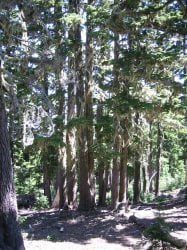glockmail
VIP Member
- Aug 31, 2006
- 7,700
- 436
Um .. wow ... um ... you really don't know much about botany ...
The amount of CO2 has little effect on the growth rate. .....
Enrichment Of Plant Growth With CO2Research has shown that in most cases rate of plant growth under otherwise identical growing conditions is directly related to carbon dioxide concentration.



